The basic level children are in double whammy in catching up with pre-requisite learning of the missed grades and preparing for the current grades in the aftermath of COVID pandemic in the context of Nepal, a study reveals.
The study 'Exploring Learning Gaps and Soft Skill Development of Basic Level Children in Nepal' noted that children are currently unable to receive age/grade-appropriate learning.
Only about 14 % students out of a total sample size of 1,312 students from Karnali (659) and Madhes (753) provinces have adequate knowledge and skills in literacy, demonstrating high learning gap in the literacy area, it was shared at a research findings dissemination event in Kathmandu on Tuesday.
The literacy assessment of Grade-5 students undertaken by the Kathmandu University School of Education (KUSOED) shows 42.6% of the students fell in the below basic level and 43.1 % in the basic level, whereas 0 % fell in the proficient group and remaining 4 % in the advanced level.
According to NASA 2018, around 20% of students demonstrated below basic level of proficiency in literacy before the pandemic, and that according to the current Learning Gaps Study of 2023, 42.6% have achieved that level.
This difference in percentages indicates that the pandemic has had a 22.2% negative impact on students' ability to comprehend the fundamentals of literacy.
In Madhesh Province alone, 47.3% of the sample fell in below basic, followed by 39.3% in basic, 10% in proficient, and 3.6%, in advanced, the study found.
In Karnali province, 36.4% students fell in below basic, followed by 47.5% in basic, 5.9%, in proficient, and 5.9 %, in advanced level.
In aggregate, 83.9% of the students in the Karnali province and 86.6% of students in Madhesh Province do not have a strong foundational understanding of literacy.
The overall status shows the situation is slightly better in Karnali than in Madhesh Province.
The study found that 39.7% of girl students and 45.4% of boy students fell into the below-basic level. Likewise, 39.5% of boy students and 46% of girl students fell into the basic level. It showed that girl students have better fundamental literacy skills than boy students in basic level.
The numeracy assessment shows that 42.1% of the students out of the total sample size of 1,397 fell into the below basic level, 31.9% in basic, whereas, 20.1% fell in the proficient group and finally 5.9% in the advanced level.
According to National Assessment of Students' Achievements (NASA) 2018, around 32.1% of students demonstrated below basic level of proficiency in Mathematics before the pandemic, and that according to the current Learning Gaps Study of 2023, 42.1% have achieved that level. This difference in percentages indicates that the pandemic has had a 10% negative impact on students' ability to comprehend the fundamentals of numeracy.
The findings also highlighted that education inequality has increased for poor children, girls and children with disabilities and Dalit children.
The findings showed that difference in children’s home language and classroom language (teachers not speaking in children’s mother tongue) has also contributed to learning loss.
School closure during the pandemic was an obvious cause of learning loss, the study claimed. The inability of schools and (local) governments to effectively launch alternative educational measures was equally important for causing learning loss. However, even in pre-and post-COVID contexts, teacher absenteeism in remote schools as well as large class sizes have impacted the learning of children.
The lack of alternative education provision during crisis was found to be a determinant factor that led to learning loss in students.
There was a significant disparity between students from disadvantaged backgrounds and those from middle-upper class households who had access to technology.
This furthered the development of the digital divide, which resulted in a learning crisis.
Climatic conditions (climate change) have also been illustrated as causing an impact on student learning and overall schooling facilities. The case of extreme heat-induced school closure and floods in Madhesh province and extreme cold-induced school closure in Karnali province were evidence of the impact of climate change on schooling, which has also augmented the learning crisis in children, the report states.
To address the prevailing learning crisis, the study recommended to concentrate on numeracy and literacy skills enhancement programs; diversify learning sites and pedagogies, including the integration of technology and scaling up alternative learning mechanism, especially, home-schooling; increase education funding in comprehensive teacher training programs to enhance pedagogical skills and implement and/or localize existing frameworks.
Also recommended was to increase stakeholders’ (local government and parents) participation and ownership in school education and encourage cooperation between different stakeholders, such as local communities, international agencies, government agencies, and non-governmental groups.
The study was conducted by the KUSOED team comprising Prof Dr Bal Chandra Luitel, Associate Prof Dr Prakash Chandra Bhattarai, Dr Rebat Kumar Dhakal and Kriti Shree Giri with funding support from Save the Children, Nepal.
On the occasion, Prof Luitel underlined the need to synthesize the researches and studies undertaken by different agencies so as to trace the trends and spell out measures for reforms in learning gaps.



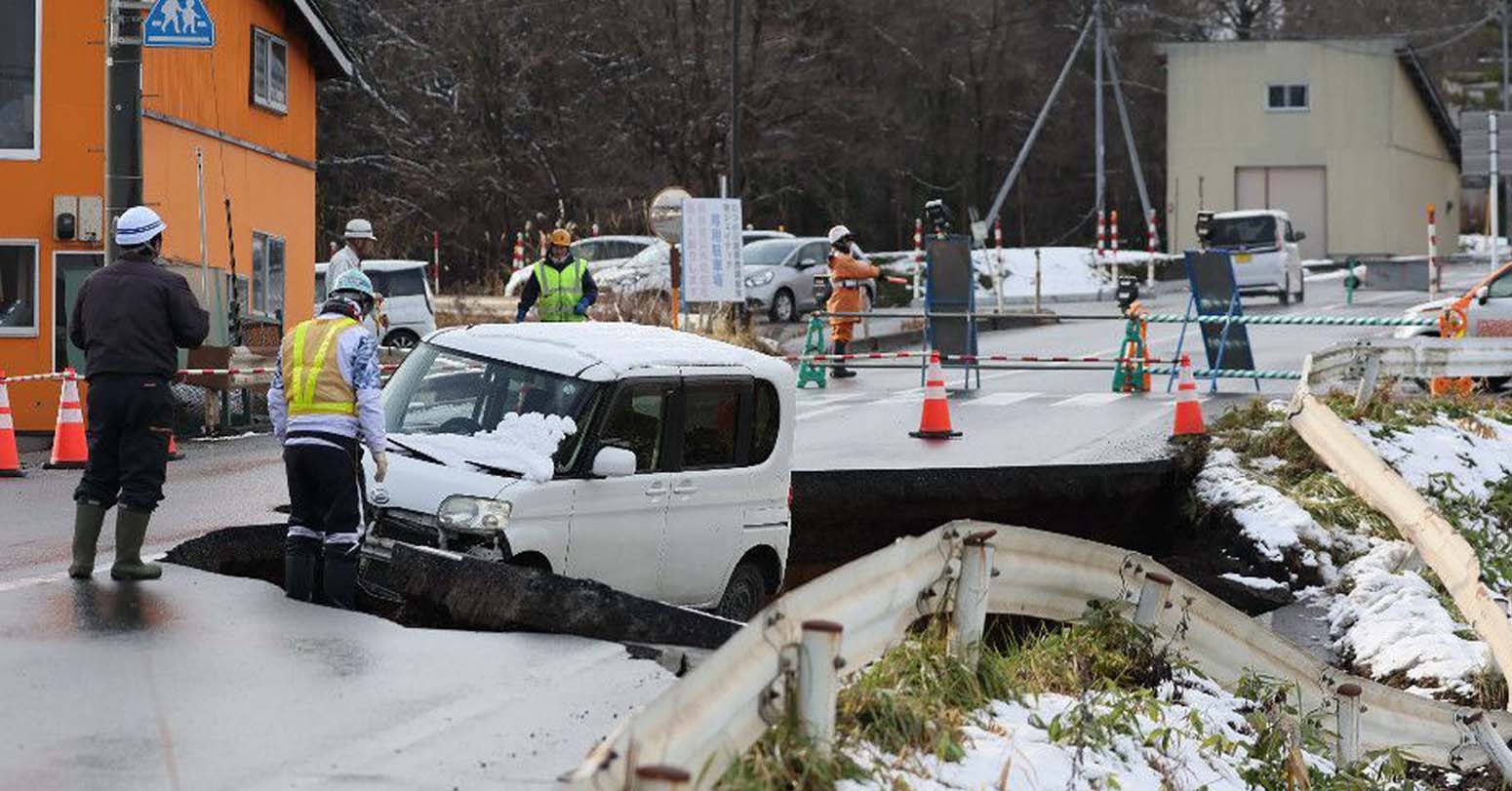

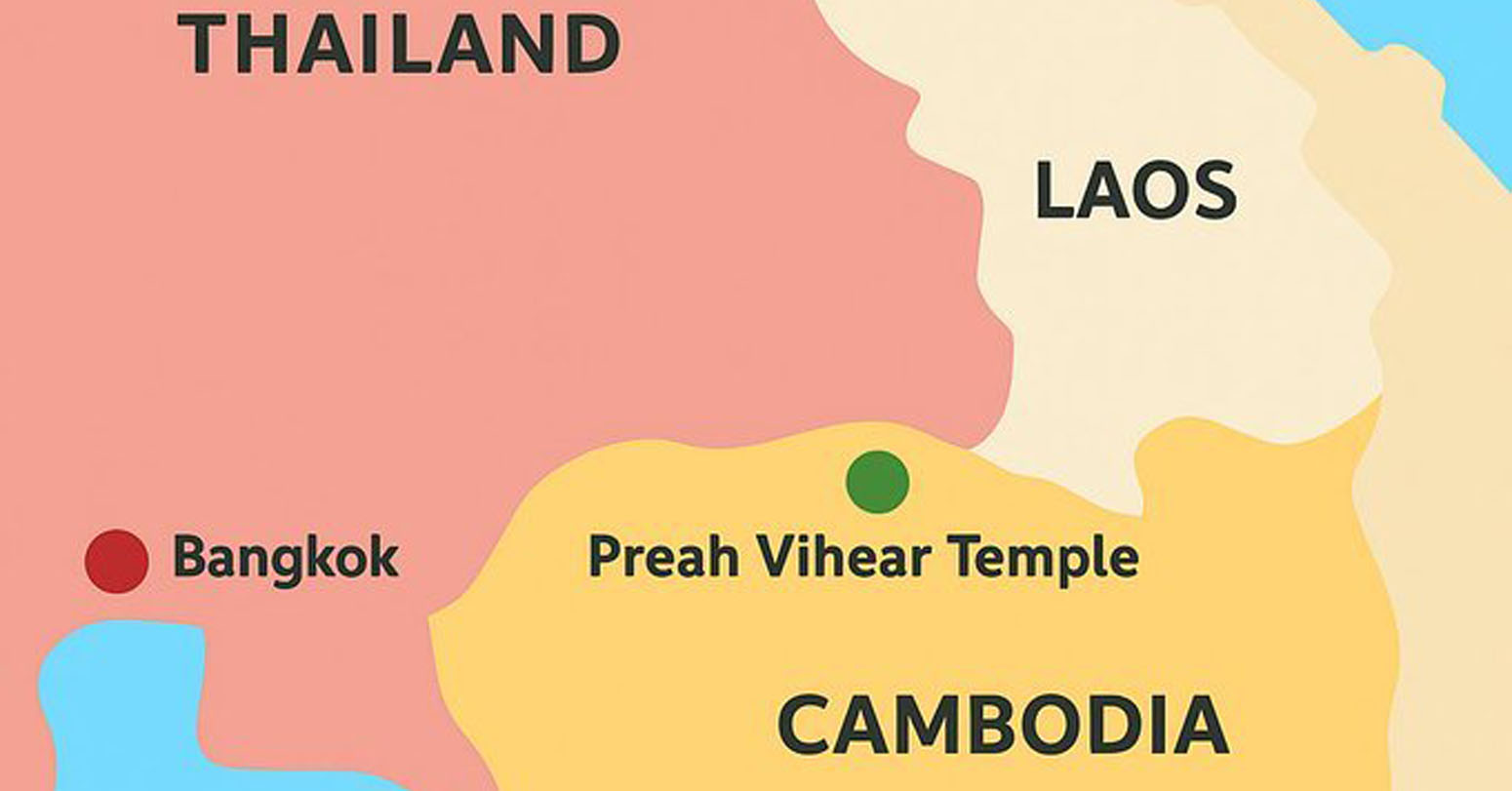
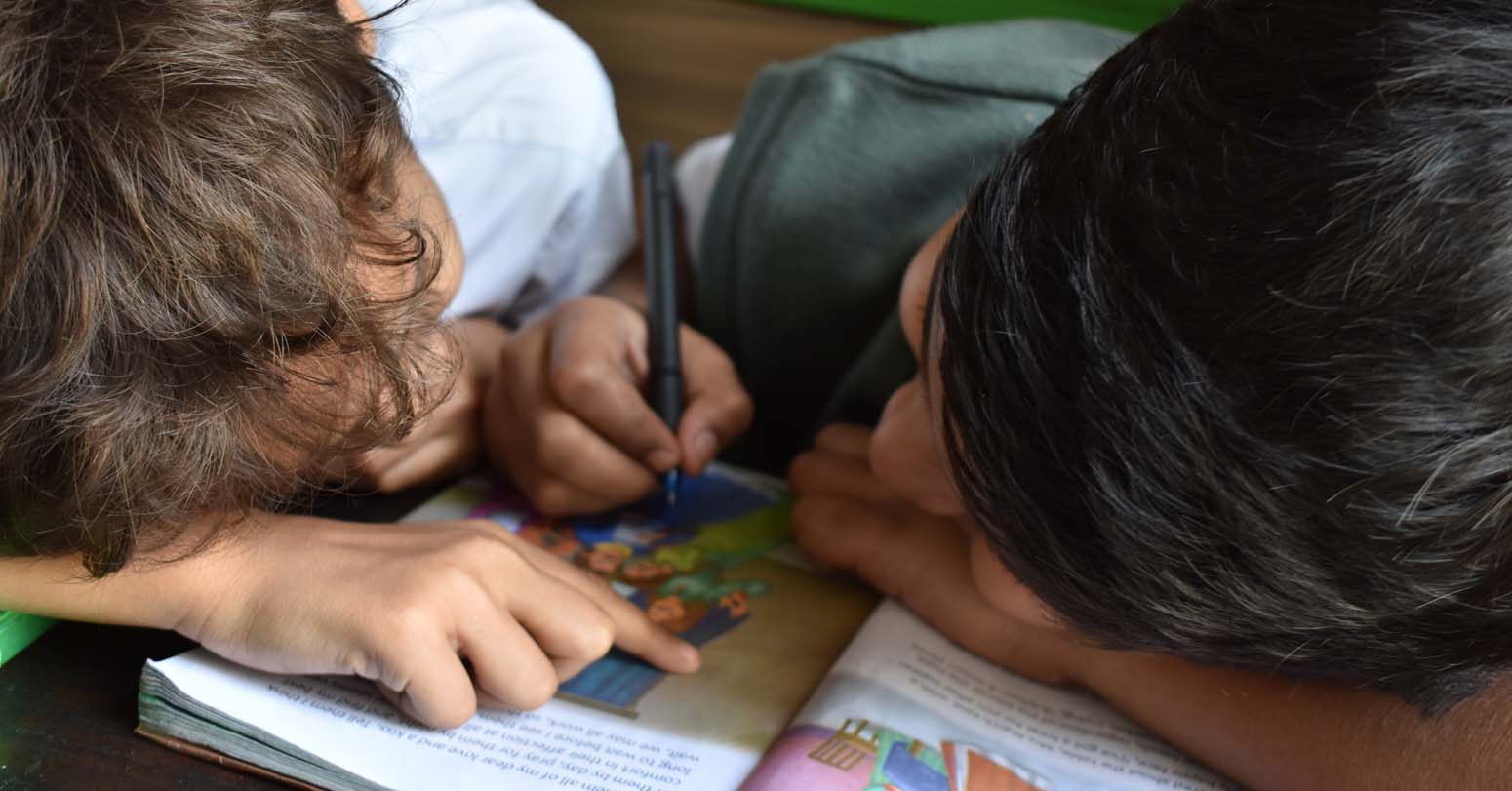




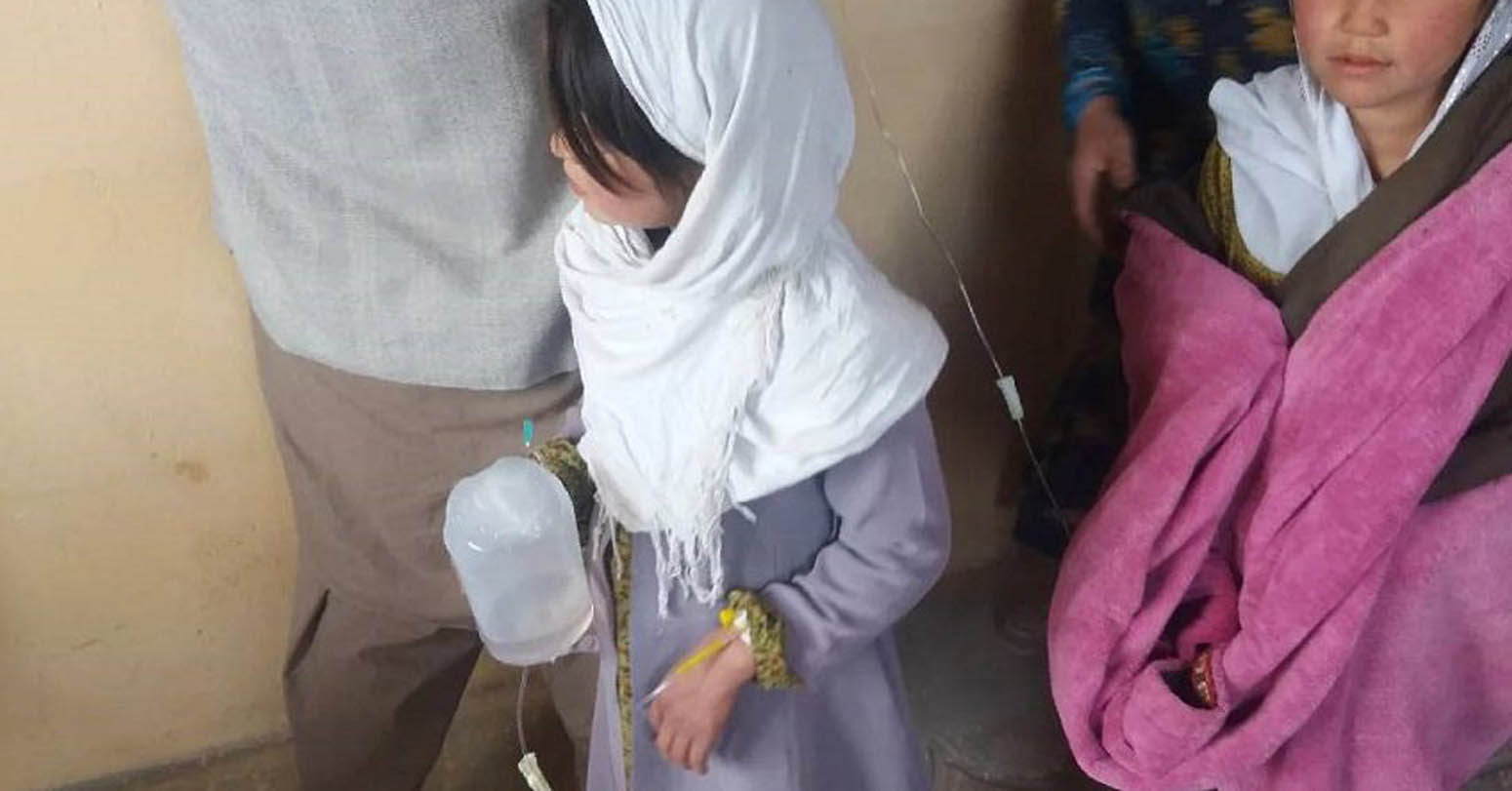




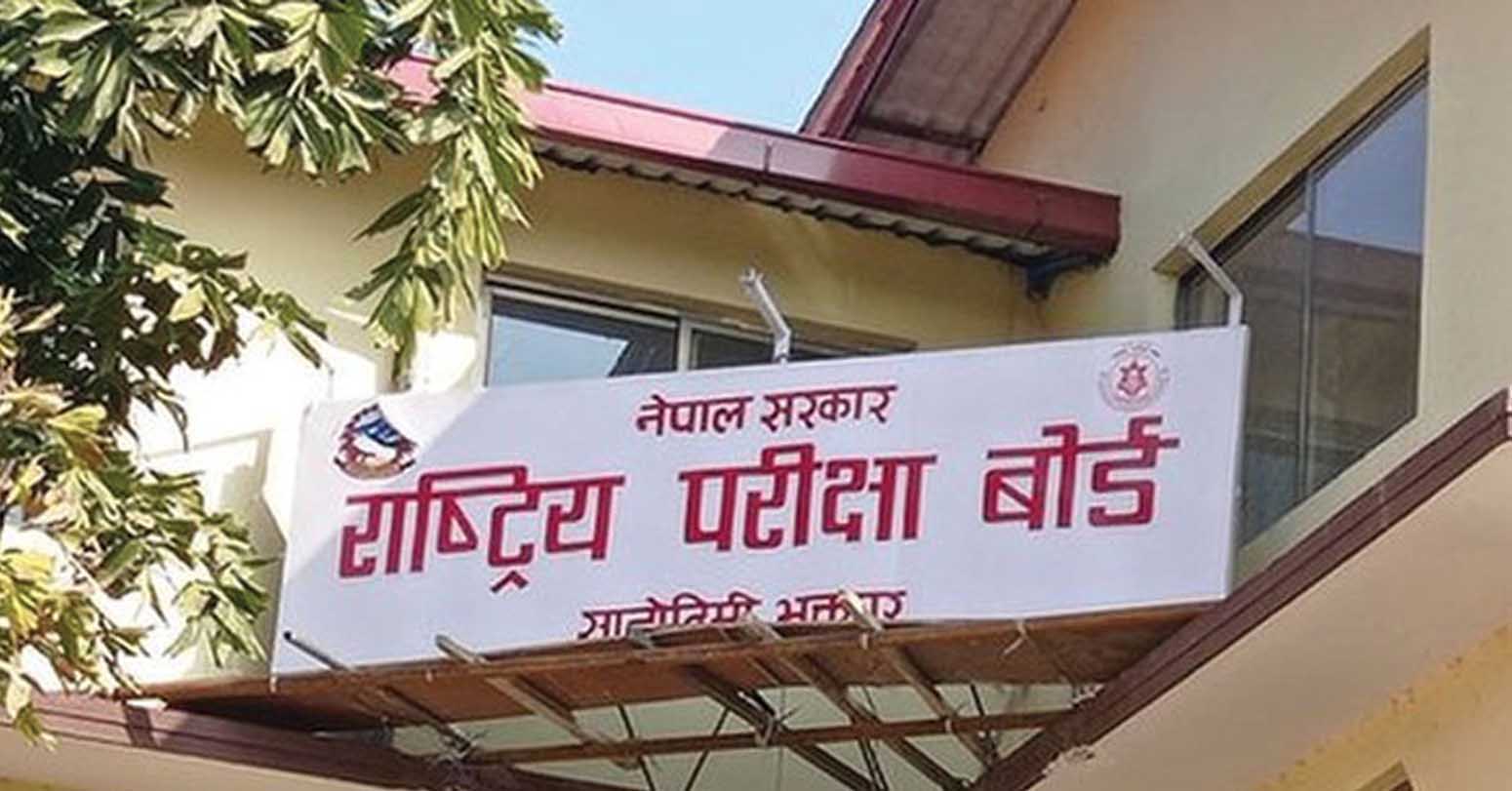
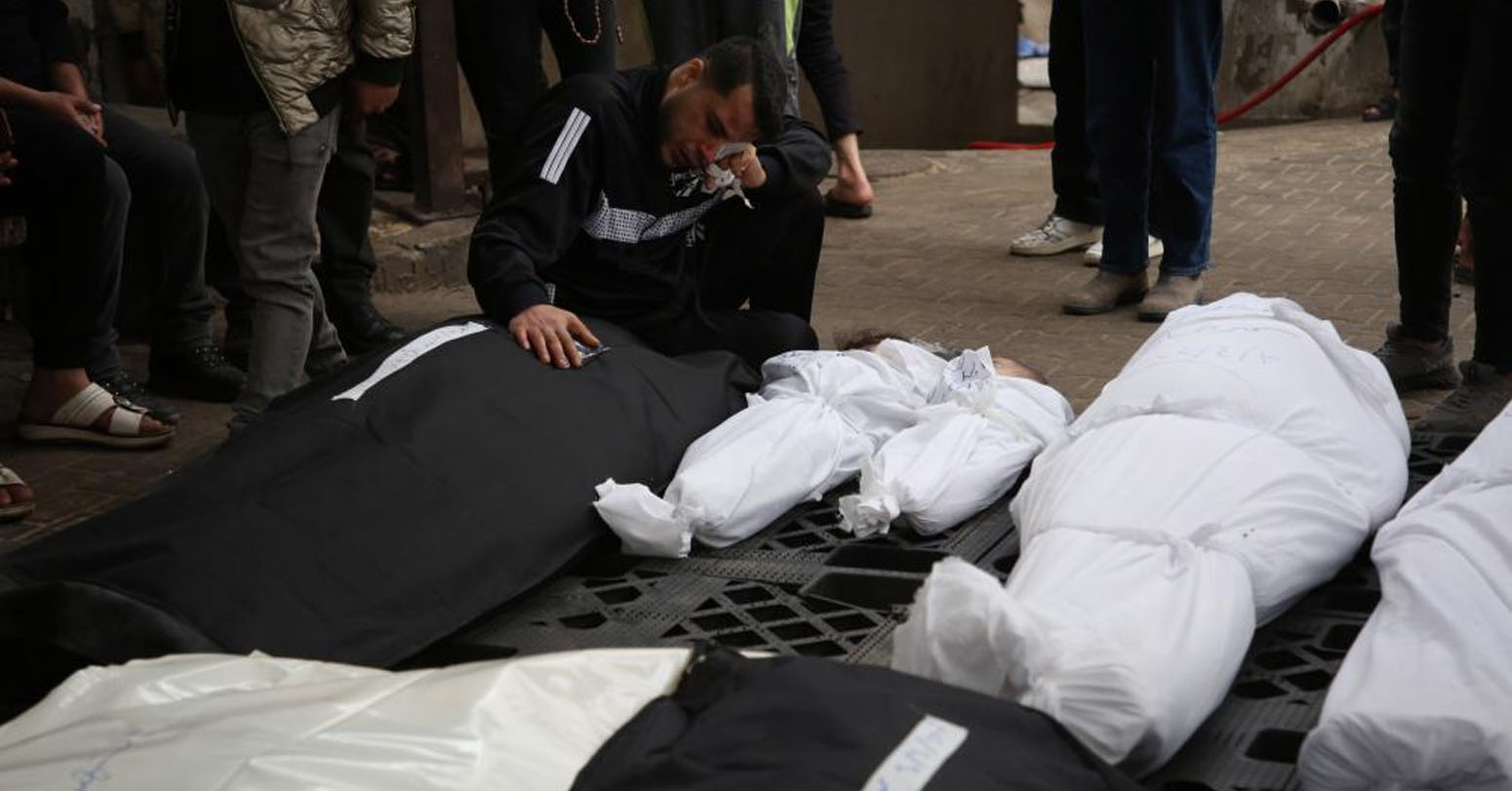
Middle-aged man spends millions to
Dr. Dharam Raj Upadhyay: Man
Children, Greatest Victims Of Sudan’s
Breathing The Unbreathable Air
Comprehensive Data Protection Law Critically
Gender Differences In Mental Healthcare